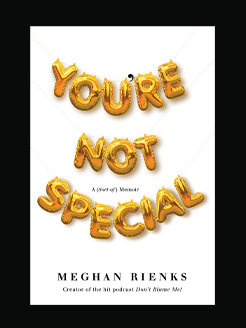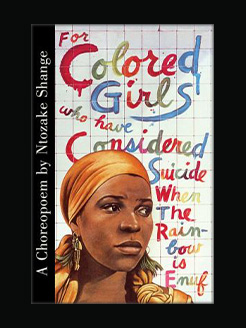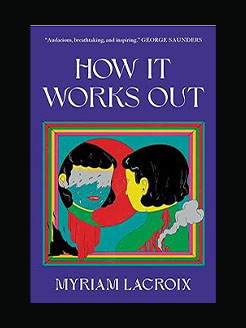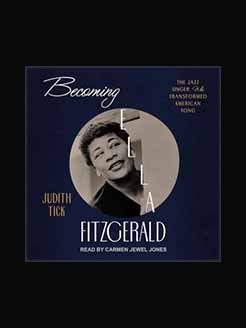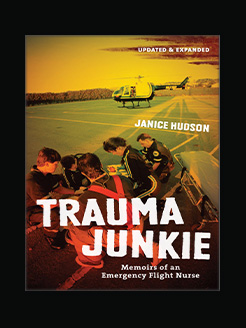Published in 2016
368 pages
Kier-La Janisse is the owner and Editor-in-Chief of Spectacular Optical, founder of The Miskatonic Institute of Horror Studies and author of the books House of Psychotic Women: An Autobiographical Topography of Female Neurosis in Horror and Exploitation Films and A Violent Professional: The Films of Luciano Rossi, as well as co-editor of Spectacular Optical’s first book, Kid Power!
Since 1999 Paul Corupe has shared his passion for Canada’s film history at Canuxploitation.com, a site recognized as the essential source for uncovering the forgotten films of Canada’s past. He regularly writes about genre film and Canadian cinema in publications including Rue Morgue magazine and Take One: Film and Television in Canada, and has appeared in several documentaries about Canadian film.
What is this book about?
In the 1980s, it seemed impossible to escape Satan’s supposed influence. Everywhere you turned, there were warnings about a widespread evil conspiracy to indoctrinate the vulnerable through the media they consumed. This percolating cultural hysteria, now known as the “Satanic Panic,” not only sought to convince us of devils lurking behind the dials of our TVs and radios and the hellfire that awaited on book and video store shelves, it also created its own fascinating cultural legacy of Satan-battling VHS tapes, audio cassettes and literature. Satanic Panic: Pop-Cultural Paranoia in the 1980s offers an in-depth exploration of how a controversial culture war played out during the decade, from the publication of the memoir Michelle Remembers in 1980 to the end of the McMartin “Satanic Ritual Abuse” Trial in 1990.
Satanic Panic features new essays and interviews by 20 writers who address the ways the widespread fear of a Satanic conspiracy was both illuminated and propagated through almost every pop culture pathway in the 1980s, from heavy metal music to Dungeons & Dragons role playing games, Christian comics, direct-to-VHS scare films, pulp paperbacks, Saturday morning cartoons, TV talk shows and even home computers. The book also features case studies on Thee Temple ov Psychick Youth and Long Island “acid king” killer Ricky Kasso. From con artists to pranksters and moralists to martyrs, the book captures the untold story of how the Satanic Panic was fought on the pop culture frontlines and the serious consequences it had for many involved.
